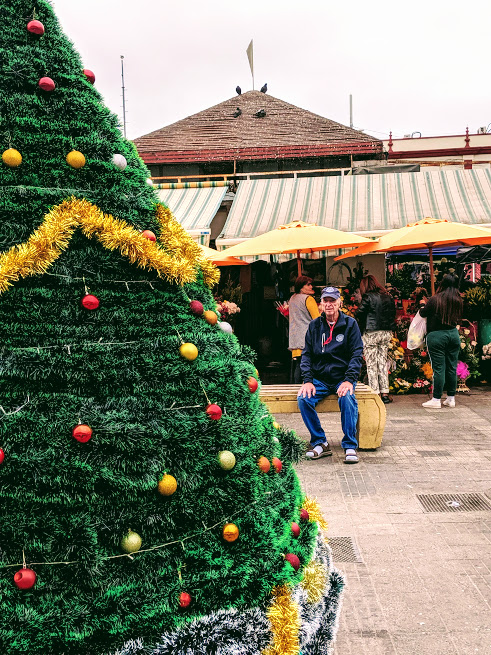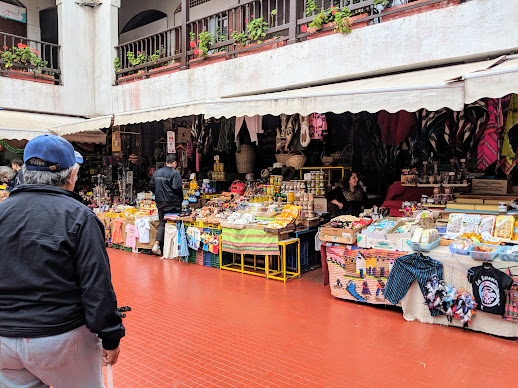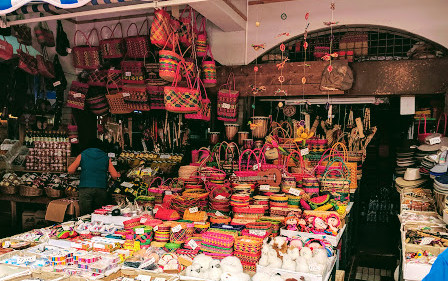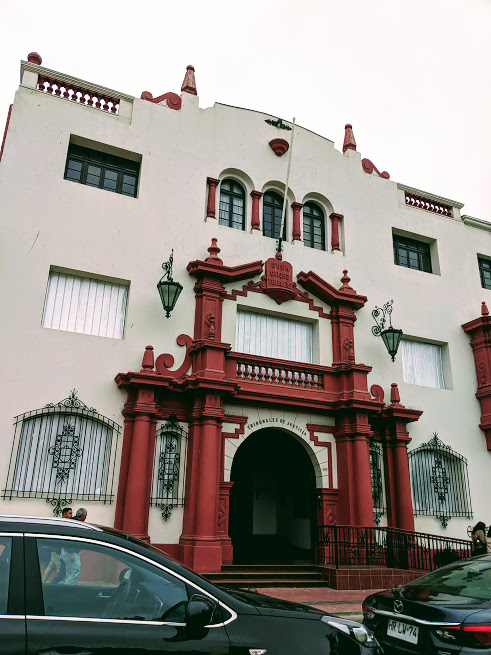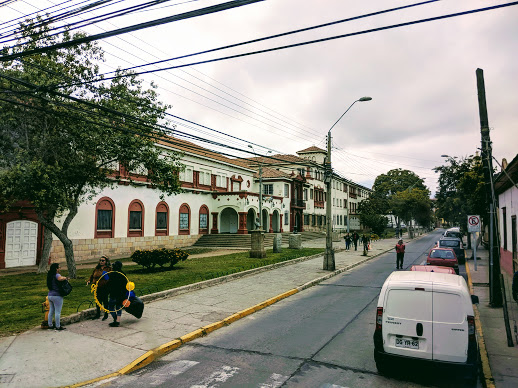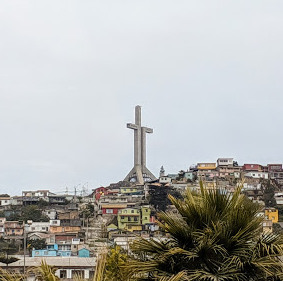“The most energetic workers I have encountered in my world travels are the vegetarian miners of Chile.” ~ Charles Darwin
An important 19th-century port in the copper and gold industry Coquimbo and its riches lured many Europeans. Today Comquimbo is a thriving gateway to Chile’s scenic central valleys. Nearby, coastal La Serena, founded in 1544, is the country’s second-oldest city after the capital of Santiago. In the 1950’s Italians, Germans and French were given property to build here.
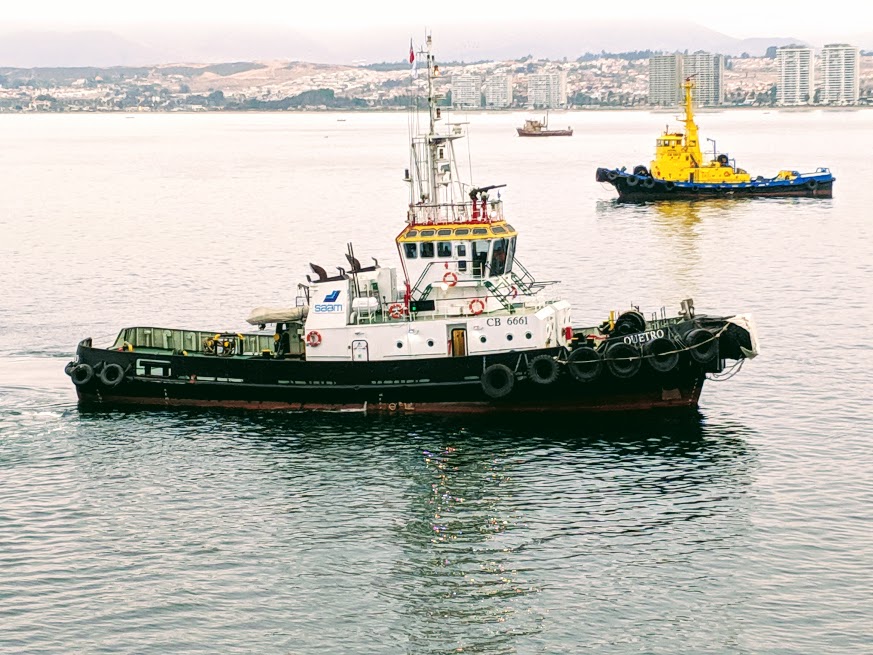
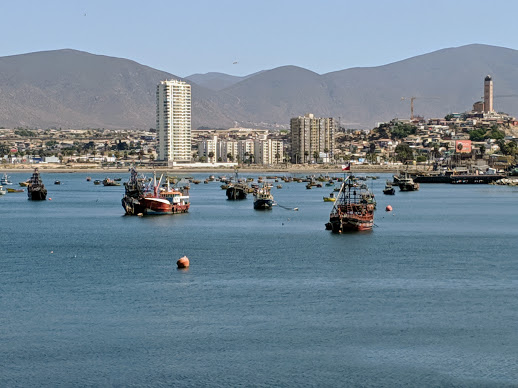
The biggest copper mine in the world is in the Atacama Desert which is the hottest and driest in the world. It sits between the Andes and the Chilean Coast Range at such a height that prevents moisture reaching it from the Pacific or Atlantic Oceans. It receives less than 1mm of rainfall per year and some parts of the desert have no recorded rainfall at all.
The desert was at the center of the world’s attention in 2010. Famous for the ‘Copiapo mining accident’, whereby 33 miners survived 69 days buried in a 120 year old copper-gold mine. Thankfully all were safely rescued.
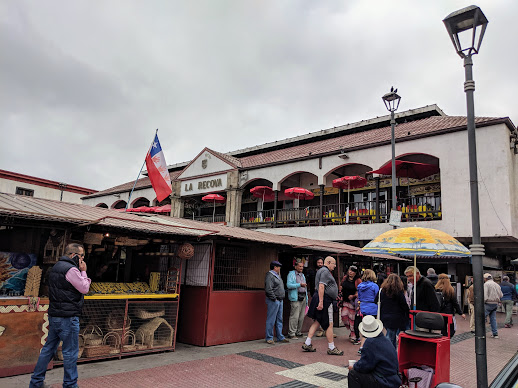

John is patient… 
…while I shop! 

The cross of the third millenium. 
In the 90s, the civic authorities of Coquimbo came up with the idea of building a monument to commemorate the Jubilee of Year 2000 of the Catholic Church, celebrating 2000 years since the birth of Christ, and the introduction of the Church into the third millennium. The project, appropriately called “The Cross of the Third Millennium,” gained great support from local church authorities and the Vatican.
